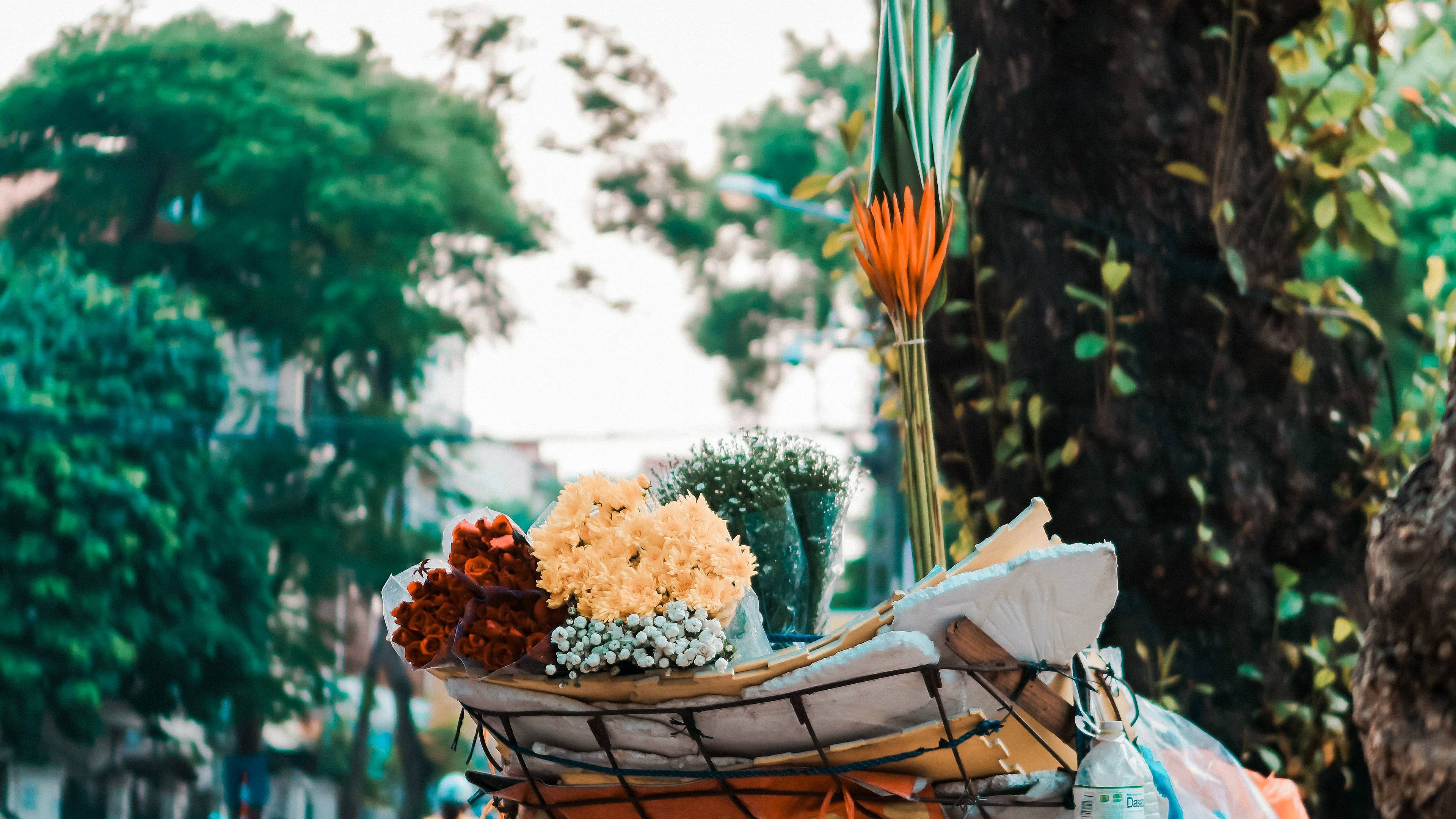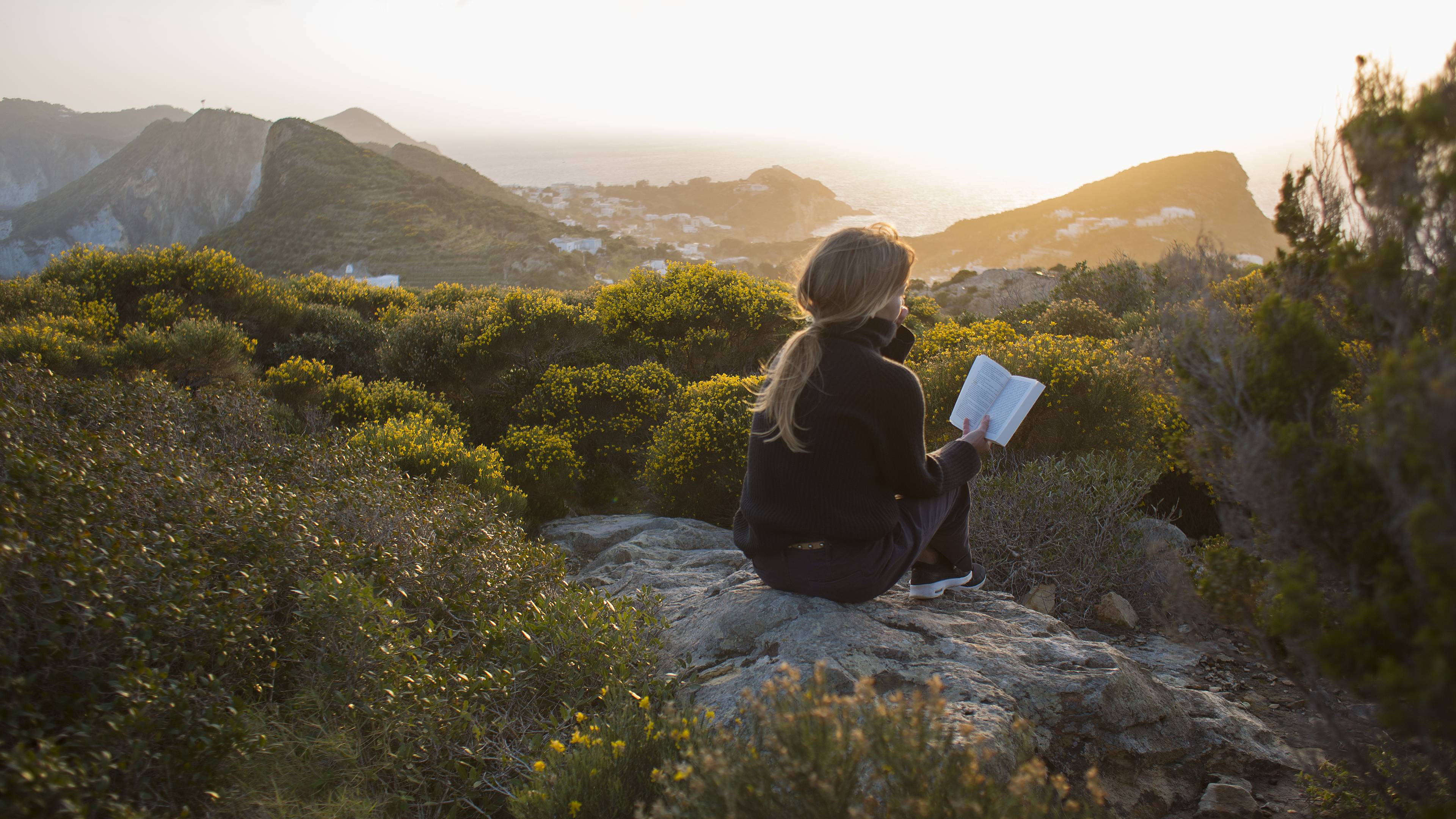

The best times to go in Vietnam
Jan
Feb
Mar
Apr
May
Jun
Jul
Aug
Sep
Oct
Nov
Dec
The best time to visit Vietnam is the dry season, which lasts from October until April. There are also differences in climate between the north and the south of the country. The winters are cold and misty in the north, while the south enjoys hot, humid weather almost all year round. Head for the north between September and November, when the temperatures are pleasant, while the best time to visit the south is between December and April. Leave in search of a unique civilization set in a superb landscape.
The ideal times to go in Vietnam based on your desires
The South and the Mekong Delta
Jan
Feb
Mar
Apr
May
Jun
Jul
Aug
Sep
Oct
Nov
Dec
The period from December and April is the best time to travel to South Vietnam: the weather is dry and you can enjoy long, sunny days. Be warned, however, that the months of March and April are the hottest - so avoid them if you are sensitive to heat. From July to September, there is an enormous amount of rain in southern Vietnam, so it's better to stay away. You'll explore the Mekong Delta, a superb wetland region where rice and sugar cane are grown. You'll roam across isolated beaches and bird reserves, as well as admiring the Khmer Pagodas near Soc Trang and Tra Vinh.
The Central Coast
Jan
Feb
Mar
Apr
May
Jun
Jul
Aug
Sep
Oct
Nov
Dec
The period from February to September is preferred for visits to the central coast, as this area is spared by the monsoon rains from May to September. On the other hand, it rains a great deal from October to January, while on the coasts, you'll discover some of the country's finest coastal resorts, and enjoy diving, surfing, and windsurfing. You'll also visit Cham towers, meet with members of the Cham community, and get to know their culture.
The Central Highlands
Jan
Feb
Mar
Apr
May
Jun
Jul
Aug
Sep
Oct
Nov
Dec
In the Central Highlands, temperatures are cooler than on the coast, which makes travelling more pleasant. Choose the months from December to April if you can, as these are the driest. You'll go deep into this mountainous region, discovering small, isolated villages and valleys where you'll meet with Vietnamese ethnic minorities. Enjoy a weekend in Dalat and appreciate the calm of the countryside over several days spent away from the crowds.
The North West
Jan
Feb
Mar
Apr
May
Jun
Jul
Aug
Sep
Oct
Nov
Dec
This is the most mountainous region in the country, and just as clearly, the most surprising. You will depart from Sapa, enjoying a series of superb hikes in the mountains, making sure you don't miss out on the Bac Ha Sunday market. You'll fall in love with the North West for its ethnic diversity, its traditions, and its landscapes. You'll travel the famous North-West Loop between Dien Bien Phu and Mai Chau. Opt for the dry season, especially the months from September to November, when the temperatures are pleasant. From April onward, it begins to get very hot, with heavy rains starting in June. Also avoid December, January, February, and March, when it's cold and very overcast.
Hanoi and the North East
Jan
Feb
Mar
Apr
May
Jun
Jul
Aug
Sep
Oct
Nov
Dec
The best period to travel to Hanoi and north eastern Vietnam runs from September to November, avoiding both the summer rains and the winter cold. You can also visit this part of the country in April and May, but it's very hot and humid. You'll discover the famous Along Bay and its thousands of little islands, as well as enjoying a cruise, which is an essential part of any visit to Vietnam. Walk through the mountains, admire the lakes of Ba Be National Park, the waterfalls and the area around Cao Bang. Of course, don't forget to discover Hanoi, the capital of the country, which blends a traditional way of life with modern skyscrapers.



